LED IC Chip – Most Important Part of LED Screen
LED display driver products mainly include row scan driver LED IC chip and column driver chips. It is widely used for outdoor LED display, semi-outdoor shop displays, indoor LED displays, bus station displays, and LED poster. In terms of display types, it covers single color display, dual color display and full-color LED display.
In the work of LED full-color display, the function of driving IC is to receive the display data (from information sources such as receiving card or video processor) in accordance with the provisions of the agreement, internally produce PWM and current time change, and output PWM current related to brightness and gray refresh to light up the LED.
The peripheral IC composed of driving IC, logic IC and MOS switch acts on the display function of the LED display screen and determines the display effect.
LED driver chips can be divided into general chips and special chips.
The so-called general chip itself is not specially designed for LED, but some logic chips with some logic functions of LED display screen (such as string 2 parallel shift register).
The special chip refers to the driver chip specially designed for LED display screen according to the luminous characteristics of LED. LED is a current characteristic device, that is, on the premise of saturated conduction, its brightness changes with the change of current, rather than by adjusting the voltage at both ends.
Therefore, one of the biggest characteristics of special chip is to provide the constant current source.
The constant current source can ensure the stable driving of LED and eliminate the flicker of LED, which is the premise of the high-quality pictures on the LED display screens.
Some special chips also add some special functions according to the requirements of different industries, such as LED error detection, current gain control, and current correction.
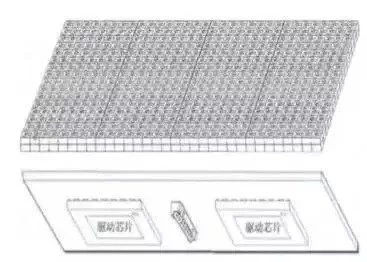
1. The Evolution of IC
In the 1990s, the application of LED display screens was mainly single and dual color, using constant voltage drive IC.
In 1997, the first special drive and control chip 9701 for LED display screen appeared in China, which spanned from 16 gray levels to 8192 gray levels, realizing WYSIWYG (what you see is what you get) of video. Then, according to the luminous characteristics of LED, the constant current drive has become the first choice of full-color LED display driver. At the same time, 16 channel drive with higher integration replaces the 8-channel drive.
Nowadays, in order to solve the problem of PCB wiring of small pixel LED display screens, some driver IC manufacturers have launched a highly integrated 48-channel LED constant current driver chip.
2. The Performance Indicators of IC
Among the performance indicators of LED display screen, refresh rate, gray level, and image expressiveness are one of the most important indicators. This requires high current consistency between LED display driver IC channels, high communication interface rate, and constant current response speed. In the past, the three aspects of refresh rate, grayscale and utilization rate were a relationship of ebb and flow.
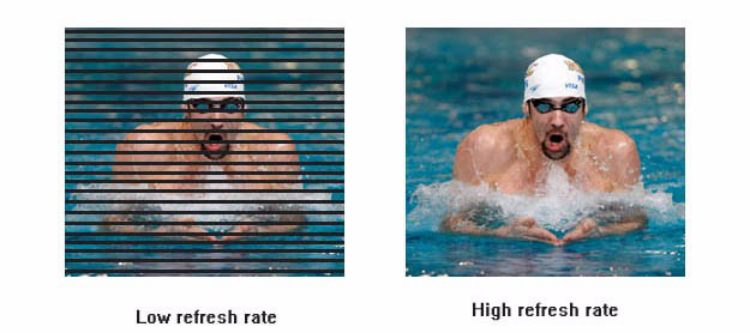
To ensure that one or two of the indicators can be relatively excellent, it is necessary to appropriately sacrifice the remaining two indicators. Therefore, many LED displays are difficult to achieve the best of both worlds in practical applications.
Either the refresh is not enough, black lines are easy to appear under the shooting of high-speed camera equipment, or the grayscale is not enough, and the color brightness is inconsistent.
With the technological progress of driver IC manufacturers, there has been a breakthrough in the high refresh rate, high grayscale, and high color brightness issues, which can be solved well.
In the application of LED full-color display, in order to ensure the comfort of users’ eyes for a long time, low brightness and high grayscale have become particularly important standards to test the performance of driving IC.

3. The Tendency of IC
Energy saving: As green energy, energy saving is not only the eternal pursuit of LED display but also an important standard to consider for the performance of driving IC.
The energy saving of green energy-driven IC mainly includes two aspects:
First, effectively reduce the constant current inflection point voltage, and then reduce the traditional 5V power supply to less than 3.8V; The second is to reduce the operating voltage and current of the driving IC by optimizing the IC algorithm and design.
At present, some manufacturers have launched a constant current drive IC with a low turning voltage of 0.2V, which can improve the utilization rate of led by more than 15%. It uses a power supply voltage 16% lower than that of conventional products to reduce the calorific value, which greatly improves the energy efficiency of the LED display screen.
Xingwei EV960 Series is Energy Saving LED Display with ultra-low heat and power consumption, saving and excellent visual experience.
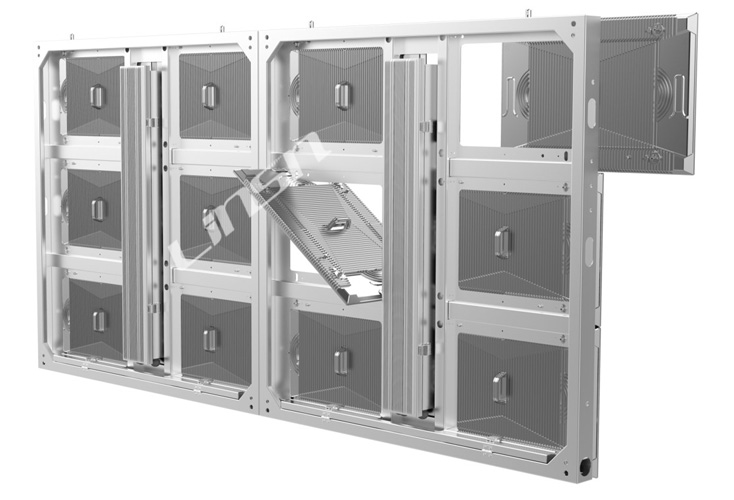
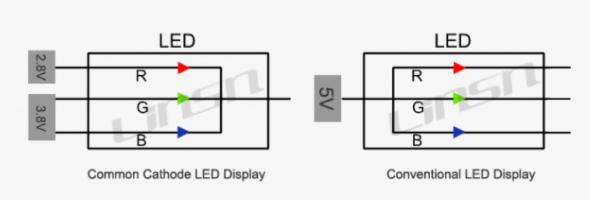
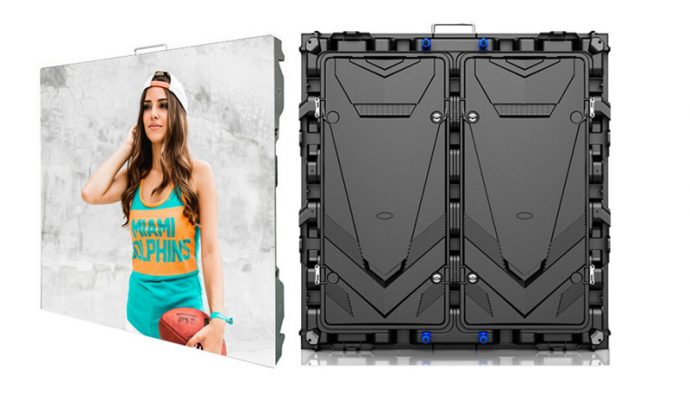
EV960 is a common cathode LED display, Die-casting aluminum chassis, recycle rate 90% for the whole product. Long lifetime, 30% redundancy while using 7000nits.
Using 10000nits, 3000nits can sustain 7000nits using for 5 years, good heat dissipation performance.
Xingwei ES960 Series is another excellent product with energy-saving LED IC chip.
Energy saving is power supplied separately with R and GB, which means that the voltage and current are accurately distributed to the red, green, and blue lamp beads.
The current passes through the lamp beads and then to the negative electrode of the IC. The separate power supply scheme effectively reduces the power consumption and greatly reduces the heat generated during the operation of the display screen.
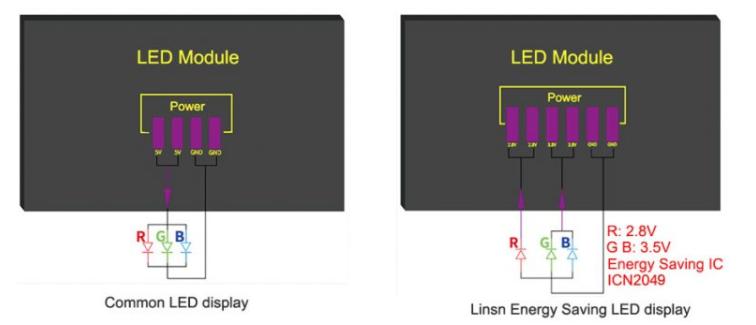
Integration: With the rapid decline of pixel spacing of LED display screens, the packaging devices to be installed per unit area increase by geometric multiple, which greatly increases the density of components on the driving surface of the LED display module. In P1.9 small pixel LED as an example, the 15 scans 160 * 90 module requires 180 constant current drive ICs, 45 line tubes, and two 138. With so many devices, the available wiring space of PCB becomes extremely crowded, which increases the difficulty of circuit design.
At the same time, such a crowded arrangement of components is very easy to cause problems such as poor welding, and also reduces the reliability of the module.
With less consumption of driver IC and a larger wiring area of PCB, the demand from the application side forces the driver IC to embark on the technical route of high integration.
At present, the mainstream LED IC chip suppliers in the industry have successively launched 48 channels LED constant current driver LED IC chip with high integration, which integrates large-scale peripheral circuits into the wafer of the driver IC, which can reduce the complexity of PCB circuit board design at the application end and avoid the problems caused by the design ability or design differences of engineers of various manufacturers.

